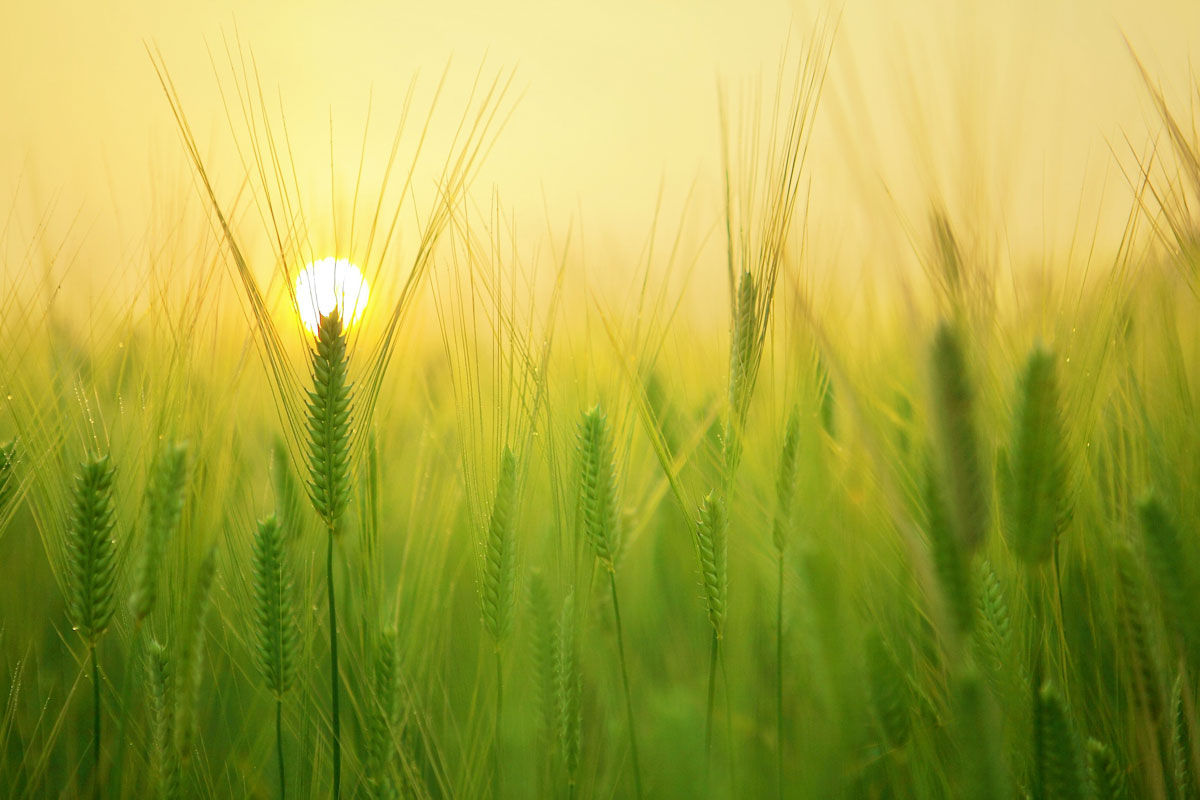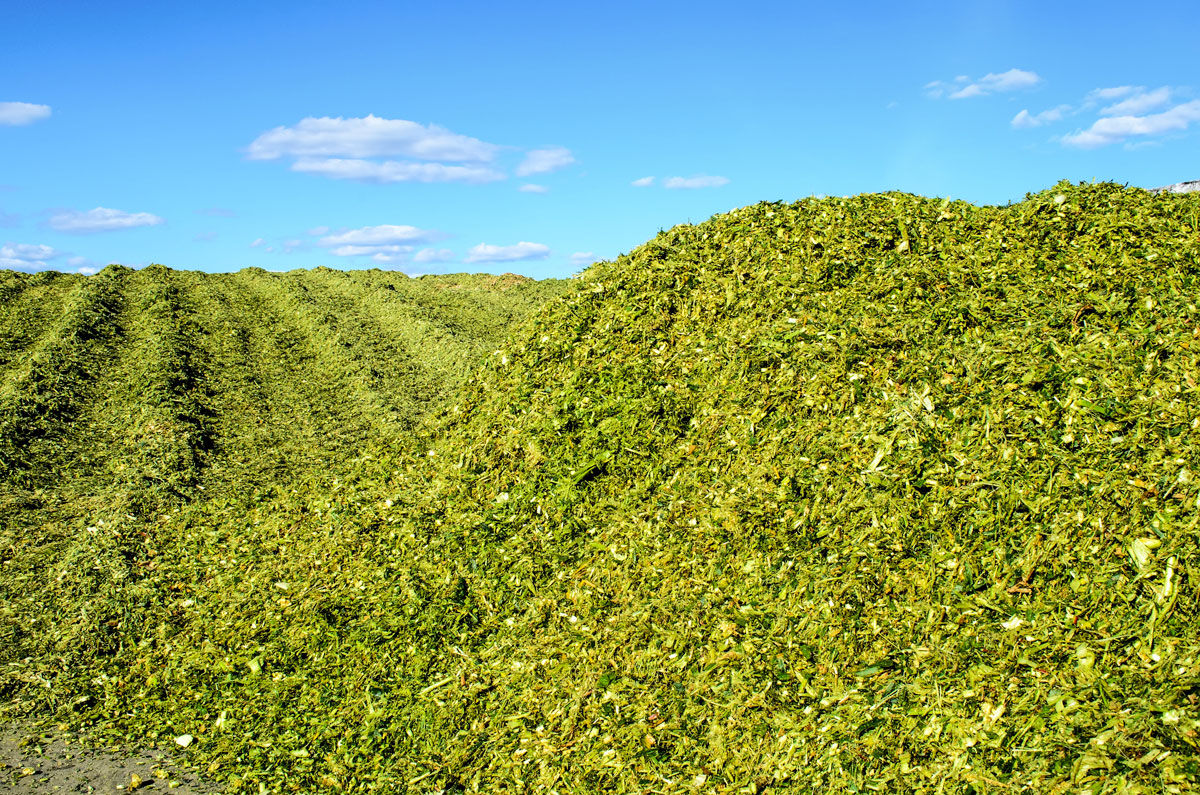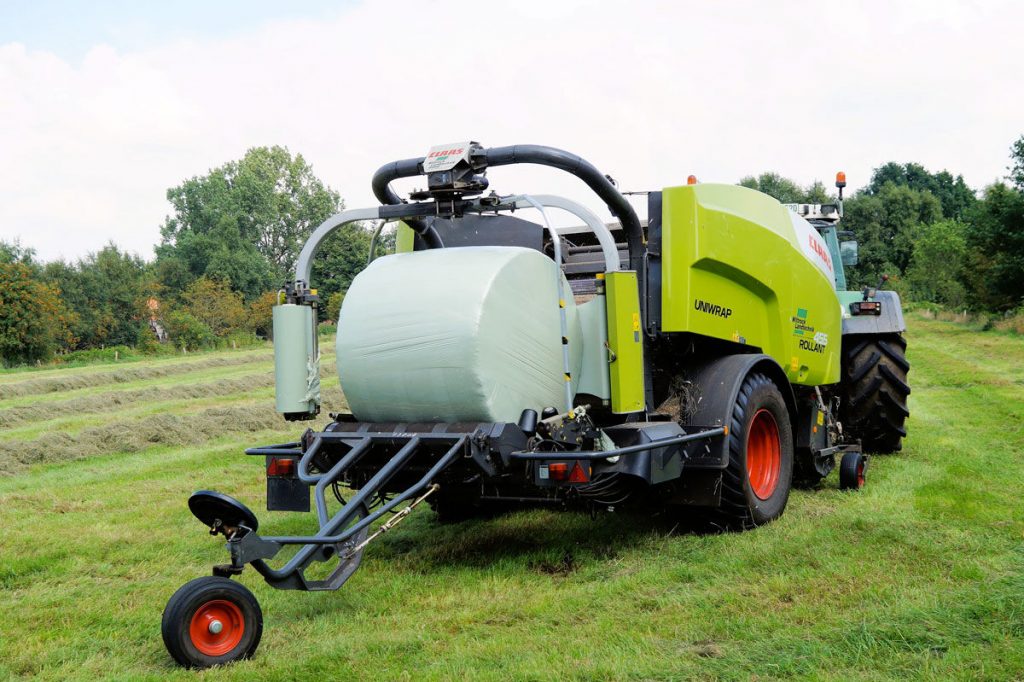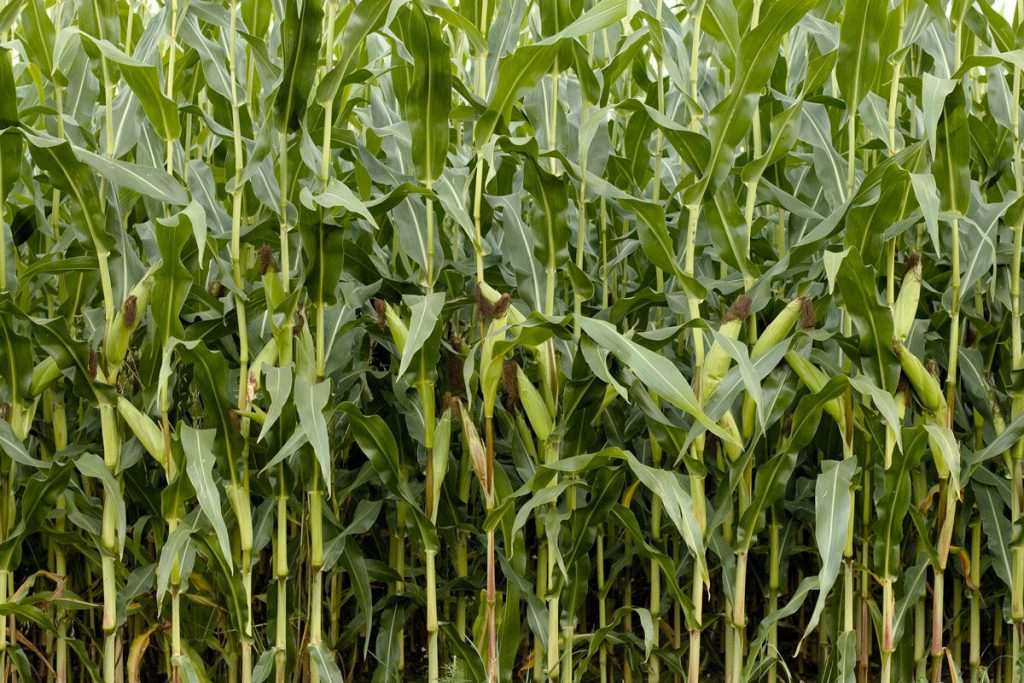Forage Quality
Dellait » Forage Preservatives
OVERVIEW
In locations where forages cannot be grown or grazed by cattle throughout the year, animal feed must be conserved by harvesting and storing. Forage is typically stored as either dry hay or silage. The goal of forage preservation is to produce a stable feed with a high recovery of dry matter, energy, and highly digestible nutrients compared with the fresh crop.
Silage making is probably more than 3000-year-old; the ancient Egyptians and Greeks stored grain and whole forage crops in silos. Silos were found in the ruins of Carthage and Teutons in the first century stored green fodder in pits in the ground and then covered the pits with dung.


The ensiling process is potentially as efficient as haymaking regarding the preservation of the important nutrients in forage crops. While haymaking involves the removal of most of the water in the crop so that spoilage microorganisms do not develop during the storage period, the process of ensilage involves acidification of the crop by the fermentation products (organic acids, principally lactic acid) of sugars.
Since the fermentation process is uncontrolled and conditions are not always optimal, forage additives are used to improve silage fermentation and feed nutritional value. Poorly fermented silages, characterized by high concentrations of butyric acid, ammoniacal nitrogen, and amines, can affect dry matter intake, nutrient utilization, and animal health.
Silage inoculants ensure a rapid production of lactic acid lowering the pH, avoid clostridial fermentation, reduce yeast populations to make silages more aerobically stable, and improve overall cattle performance. Besides stimulating the ensiling process, Dellait’s silage inoculants have the potential of making silage of better nutritional value than the harvested crop by improving cell wall and starch digestibility.







